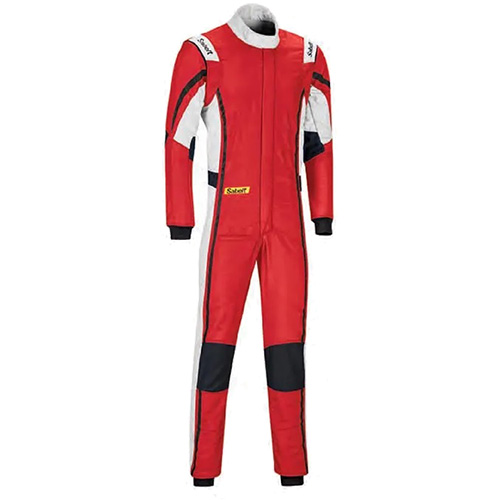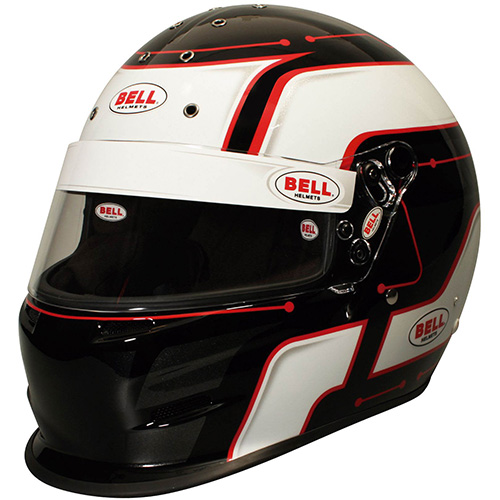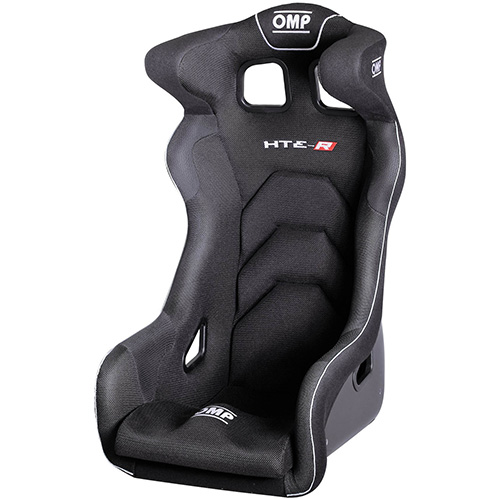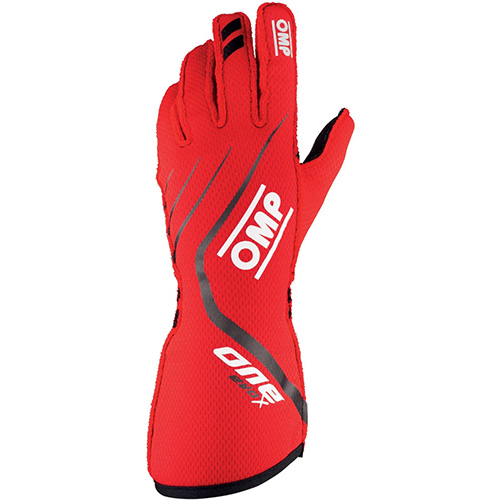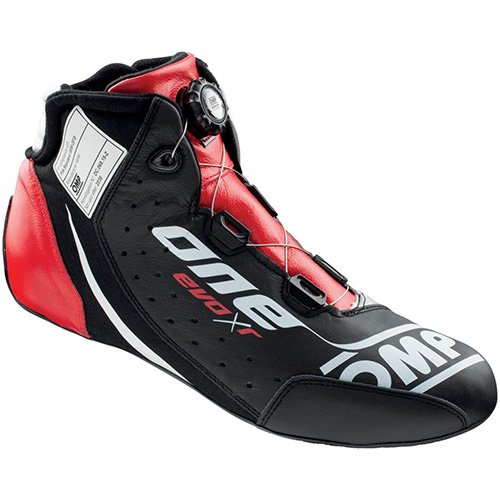2011 IIHS Top Safety Picks Include 66 Vehicles
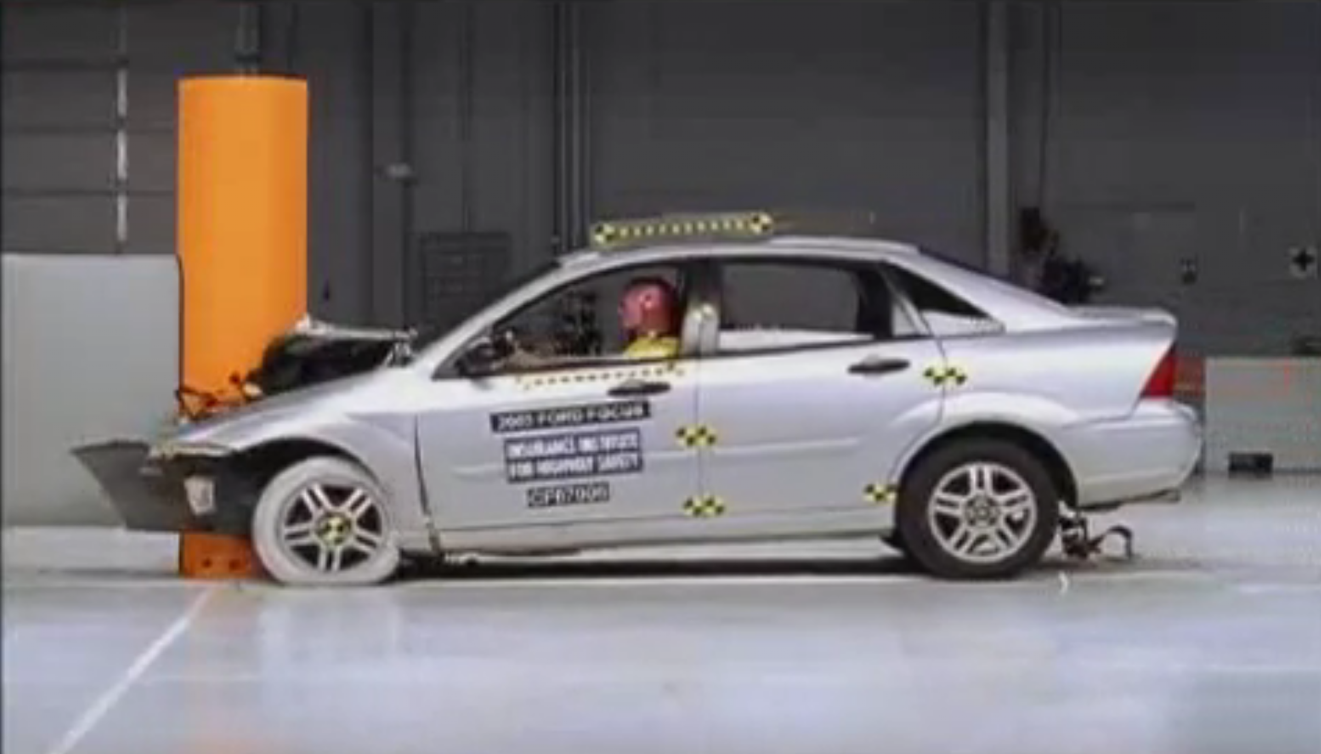
The Insurance Institute for Highway Safety (IIHS) has announced its list of Top Safety Picks for the 2011 model year, which includes a record number of 66 vehicles this year despite increased safety standards.
Each major automaker is represented by at least one vehicle on this list, with Hyundai/Kia and Volkswagen/Audi having the most with nine apiece. Subaru is the only manufacturer on the list to have a winner in each vehicle class it competes in.
Obviously missing from this list are pickup trucks. According to the IIHS, none of the small pickups it tested qualified, and the institute has not yes tested the large pickups.
The list follows, in alphabetical order by automaker:
Audi A3
Audi A4 sedan
Audi Q5
Buick LaCrosse
Buick Regal
BMW 5 series (except 4-wheel drive and V8)
Cadillac CTS sedan
Cadillac SRX
Chevrolet Cruze
Chevrolet Equinox
Chevrolet Malibu
Chrysler 200 4-door
Dodge Avenger
Dodge Journey
Ford Explorer
Ford Fiesta sedan and hatchback built after July 2010
Ford Flex
Ford Fusion
Ford Taurus
GMC Terrain
Honda Civic 4-door models (except Si) with optional electronic stability control
Honda Element
Hyundai Genesis
Hyundai Santa Fe
Hyundai Sonata
Hyundai Tucson
Infiniti M37/M56 (except M56x 4-wheel drive)
Jeep Grand Cherokee
Jeep Patriot with optional side torso airbags
Kia Forte sedan
Kia Optima
Kia Soul
Kia Sorento built after March 2010
Kia Sportage
Lexus RX
Lincoln MKS
Lincoln MKT
Lincoln MKZ
Mercedes-Benz C-Class
Mercedes-Benz E-Class coupe
Mercedes-Benz E-Class sedan
Mercedes-Benz GLK
Mitsubishi Lancer sedan (except 4-wheel drive)
Nissan Cube
Scion tC
Scion xB
Subaru Forester
Subaru Impreza sedan and hatchback (except WRX)
Subaru Legacy
Subaru Outback
Subaru Tribeca
Toyota Avalon
Toyota Highlander
Toyota Sienna
Toyota Venza
Volkswagen Golf 4-door
Volkswagen GTI 4-door
Volkswagen Jetta sedan
Volkswagen Jetta SportWagen
Volkswagen Tiguan
Volkswagen Touareg
Volvo S80
Volvo C30
Volvo XC60
Volvo XC90
Scroll down for more details in the press release from IIHS, including the list organized by vehicle type.
66 winners of 2011 Top Safety Pick award;
automakers quickly improve roofs to boost rollover protection
ARLINGTON, VA — Sixty-six vehicles earn the Insurance Institute for Highway Safety’s Top Safety Pick award for 2011, including 40 cars, 25 SUVs, and a minivan. Top Safety Pick recognizes vehicles that do the best job of protecting people in front, side, rollover, and rear crashes based on good ratings in Institute tests. Winners also must have available electronic stability control, a crash avoidance feature that significantly reduces crash risk. The ratings help consumers pick vehicles that offer a higher level of protection than federal safety standards require.
Last year the Institute toughened criteria for Top Safety Pick by adding a requirement that all qualifiers must earn a good rating for performance in a roof strength test to assess protection in a rollover crash. The move sharply narrowed the initial field of 2010 winners. At the beginning of the 2010 model year, only 27 vehicles qualified for the award, but the number grew to 58 as auto manufacturers reworked existing designs and introduced new models. Now another 10 vehicles join the winners’ list for 2011. Two discontinued models drop off.
"In just a year, automakers have more than doubled the number of vehicles that meet the criteria for Top Safety Pick," says Adrian Lund, the Institute’s president. "That gives consumers shopping for a safer new car or SUV — from economy to luxury models — plenty of choices to consider in most dealer showrooms. In fact, every major automaker has at least one winning model this year."
Front-runners: Hyundai/Kia and Volkswagen/Audi each have 9 winners for 2011. Next in line with 8 awards apiece are General Motors, Ford/Lincoln, and Toyota/Lexus/Scion. Subaru is the only manufacturer with a winner in all the vehicle classes in which it competes. Subaru earns 5 awards for 2011.
"Safety is a priority among this crop of winners," Lund says. "From the start these manufacturers set out to design vehicles that would earn Top Safety Pick, even though we’ve made it harder to win."
One of them is Ford. For 2011, the automaker is rolling out a new design for its popular Explorer midsize SUV, which until now had never earned Top Safety Pick. Ford also upgraded the roofs of 2 other midsize SUVs, the Ford Flex and Lincoln MKT, along with the Ford Fusion and Lincoln MKZ, 2 midsize cars that missed the initial round of 2010 winners because they lacked the required roof strength. The all-new Ford Fiesta rounds out Ford’s winners and is the only minicar to earn Top Safety Pick this year.
General Motors’ new Chevrolet Cruze broadens the number of award-winning options for consumers looking to buy a fuel-efficient small car. GM built the Cruze, which has 10 standard airbags, including ones for the knees, to outperform the government’s minimum roof strength requirements and touts the achievement as a selling point.
The redesigned Volkswagen Touareg is the only large SUV to earn Top Safety Pick for 2011. The Institute doesn’t normally evaluate SUVs this large, but Volkswagen requested crash tests to demonstrate the Touareg’s crashworthiness.
None of the small pickups the Institute has evaluated qualified for this year’s award, and large pickups haven’t yet been tested.
The Institute awarded the first Top Safety Pick to 2006 models and then raised the bar the next year by requiring good rear test results and electronic stability control as either standard or optional equipment. With last year’s addition of new criteria for roof crush the Institute’s crash test ratings now cover all 4 of the most common kinds of crashes.
More than 12,000 people died in frontal crashes of passenger vehicles in 2009 in the United States, more than 6,000 died in side impacts, and more than 8,000 died in rollovers, many of which also involved a front or side impact. Rear-end crashes usually aren’t fatal but result in a large proportion of injuries. Neck sprain or strain is the most commonly reported injury in two-thirds of insurance claims for injuries in all kinds of crashes.
Vehicles rated good for rollover crash protection have roofs more than twice as strong as the current federal standard requires. The Institute estimates that such roofs reduce the risk of serious and fatal injury in single-vehicle rollovers by about 50 percent compared with roofs meeting the minimum requirement.
Quick strides in occupant protection: When the first roof crush results were released in March 2009, only a third of the SUVs tested had good roofs. Since then about 113 vehicles have been tested, and the majority are rated good for roof strength.
Hyundai is a case in point. The Tucson and the small SUV’s twin, the Kia Sportage, earned a poor rating for roof strength in 2009, with the weakest roof among all of the small SUVs evaluated that year. A redesign helped the 2011 models secure a good rating and Top Safety Pick. Hyundai also improved the roof on another SUV, the midsize Santa Fe, and redesigned the Sonata, a midsize car that had earned a marginal roof rating the first time around.
The outlook for side-impact protection has brightened, too, Lund notes. Many cars failed the side test the Institute began conducting in 2003, but now most vehicles ace the test thanks to stronger side structures and standard side airbags that protect the head and torso. It’s an important improvement because new Institute research shows that the risk of dying in a crash is sharply lower for people in vehicles that earn good ratings in the Institute’s side test.
Chrysler added torso airbags to the redesigned Jeep Grand Cherokee to bolster side crash protection and earn a good side rating. The previous design relied on head curtain airbags to cushion occupants in side crashes and only rated marginal for side protection.
Safety equipment is increasingly standard. Ninety-two percent of 2011 model cars, 94 percent of SUVs, and 56 percent of pickups have standard head and torso side airbags. Electronic stability control is standard on 92 percent of cars, 100 percent of SUVs, and 72 percent of pickups.
"Automakers deserve credit for quickly rising to meet the more-challenging criteria for Top Safety Pick," Lund says. "Several already have requested tests for new models due to ship early next year, so we expect to add even more winners to the 2011 list."
The Institute groups Top Safety Pick winners according to vehicle type and size. Lund advises consumers to keep in mind that size and weight influence crashworthiness. Larger, heavier vehicles generally afford better occupant protection in serious crashes than smaller, lighter ones. Even with a Top Safety Pick, a small car isn’t as crashworthy as a bigger one.
How vehicles are evaluated: The Institute’s frontal crashworthiness evaluations are based on results of 40 mph frontal offset crash tests. Each vehicle’s overall evaluation is based on measurements of intrusion into the occupant compartment, injury measures recorded on a 50th percentile male Hybrid III dummy in the driver seat, and analysis of slow-motion film to assess how well the restraint system controlled dummy movement during the test.
Side evaluations are based on performance in a crash test in which the side of a vehicle is struck by a barrier moving at 31 mph. The barrier represents the front end of a pickup or SUV. Ratings reflect injury measures recorded on 2 instrumented SID-IIs dummies representing a 5th percentile woman, assessment of head protection countermeasures, and the vehicle’s structural performance during the impact.
In the roof strength test, a metal plate is pushed against 1 side of a roof at a displacement rate of 0.2 inch per second. To earn a good rating for rollover protection, the roof must withstand a force of 4 times the vehicle’s weight before reaching 5 inches of crush. This is called a strength-to-weight ratio.
Rear crash protection is rated according to a two-step procedure. Starting points for the ratings are measurements of head restraint geometry — the height of a restraint and its horizontal distance behind the back of the head of an average-size man.
Seat/head restraints with good or acceptable geometry are tested dynamically using a dummy that measures forces on the neck. This test simulates a collision in which a stationary vehicle is struck in the rear at 20 mph. Seats without good or acceptable geometry are rated poor overall because they can’t be positioned to protect many people.
ALL 66 WINNERS (red indicates newly-announced winners for 2011)
Large cars
Buick LaCrosse
Buick Regal
BMW 5 series (except 4-wheel drive and V8)
Cadillac CTS sedan
Ford Taurus
Hyundai Genesis
Infinite M37/M56 (except M56x 4-wheel drive)
Lincoln MKS
Mercedes E class coupe
Mercedes E class sedan
Toyota Avalon
Volvo S80
Midsize cars
Audi A3
Audi A4 sedan
Chevrolet Malibu
Chrysler 200 4-door
Dodge Avenger
Ford Fusion
Hyundai Sonata
Kia Optima
Lincoln MKZ
Mercedes C class
Subaru Legacy
Subaru Outback
Volkswagen Jetta sedan
Volkswagen Jetta SportWagen
Volvo C30
Small cars
Chevrolet Cruze
Honda Civic 4-door models (except Si) with optional electronic stability control
Kia Forte sedan
Kia Soul
Mitsubishi Lancer sedan (except 4-wheel drive)
Nissan Cube
Scion tC
Scion xB
Subaru Impreza sedan and hatchback (except WRX)
Volkswagen Golf 4-door
Volkswagen GTI 4-door
Minicar
Ford Fiesta sedan and hatchback built after July 2010
Minivan
Toyota Sienna
Large SUV
Volkswagen Touareg
Midsize SUVs
Audi Q5
Cadillac SRX
Chevrolet Equinox
Dodge Journey
Ford Explorer
Ford Flex
GMC Terrain
Hyundai Santa Fe
Jeep Grand Cherokee
Kia Sorento built after March 2010
Lexus RX
Lincoln MKT
Mercedes GLK
Subaru Tribeca
Toyota Highlander
Toyota Venza
Volvo XC60
Volvo XC90
Small SUVs
Honda Element
Hyundai Tucson
Jeep Patriot with optional side torso airbags
Kia Sportage
Subaru Forester
Volkswagen Tiguan
